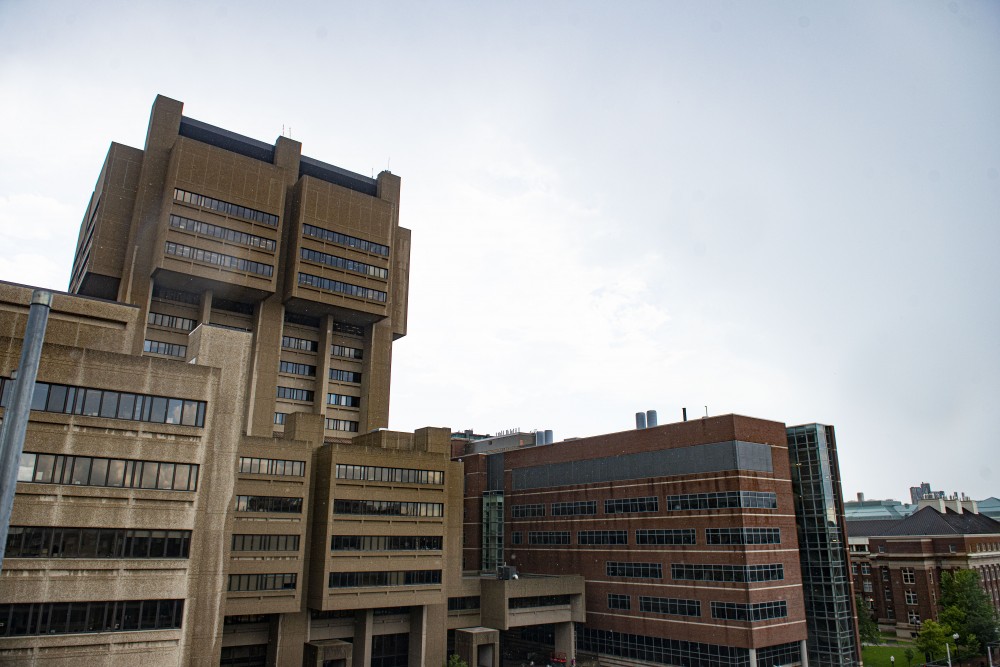Though Duchenne muscular dystrophy is intractable and ultimately fatal, researchers at the University of Minnesota have found a âÄúmolecular Band-AidâÄù they believe may be able to protect the heart and prolong the life of patients with the genetic disorder. The treatment uses a chemical called poloxamer that detects and protects miniscule cuts in diseased heart muscle, allowing the tissue to function normally. A study headed by University professors and published last week in the Journal of Clinical Investigation found that chronic injection of dystrophic dogs prevented injury to the heart. The paperâÄôs authors hope the treatment will be equally effective in humans. If it is, the implications are momentous for DMD patients and others, said Dr. Joseph Metzger, one of the researchers and chairman of the Department of Integrative Biology and Physiology. âÄúIn our reading, itâÄôs the first efficacious and safe treatment for cardiac disease in patients that have muscular dystrophy,âÄù Metzger said. DMD is a degenerative genetic disorder caused by the absence of the protein dystrophin. Its onset, generally in early childhood, initially affects the large muscles of the hips, pelvis, thighs and shoulders before ultimately debilitating all skeletal muscles, the lungs and the heart. Because it is linked to the X chromosome, DMD afflicts primarily boys âÄî approximately one in 3,500 worldwide. It is incurable and fatal. Not 20 years ago, most afflicted with DMD died in their early teens, but treatments have emerged that have increased their life expectancy to the early 20s, Metzger said. Such treatments can only soothe the symptoms of DMD and have primarily targeted skeletal muscles and the lungs, he said, the âÄútragic consequenceâÄù being that heart disease has become the primary cause of death in DMD patients. Jane Larkindale, a portfolio director at the Muscular Dystrophy Association, said a combination of respiratory and cardiac treatments could bump the early 20s prognosis even higher. âÄúYou could be looking at people who survive much longer, even if they do still have some skeletal muscle defects,âÄù she said. The âÄúmolecular Band-AidâÄù is still a long way from widespread use, but Phrixus Pharmaceuticals has already licensed the technology and is moving to garner Food and Drug Administration approval and has set up clinical trials on humans, said Metzger, who also chairs PhrixusâÄô scientific advisory board. LarkindaleâÄôs department at the MDA primarily funds corporate entities; she said she has been in contact with Phrixus and hopes to be involved as the research moves toward commercialization. âÄúItâÄôs exciting research with a lot of potential for patients in our community, and weâÄôre hoping the best for the next stages of development.âÄù Far-reaching possibilities Using the chemical to mitigate DMD may only be the tip of the iceberg. Dystrophin, the absent protein in DMD patients, deteriorates naturally as people age, weakening the cardiac muscles, Metzger said. Theoretically, if the âÄúmolecular Band-AidâÄù is effective in protecting the hearts of DMD patients, it could also prevent heart damage in the elderly and aid millions more beyond those afflicted with DMD. âÄúThis chemical may have even broader implications,âÄù Metzger said.
















